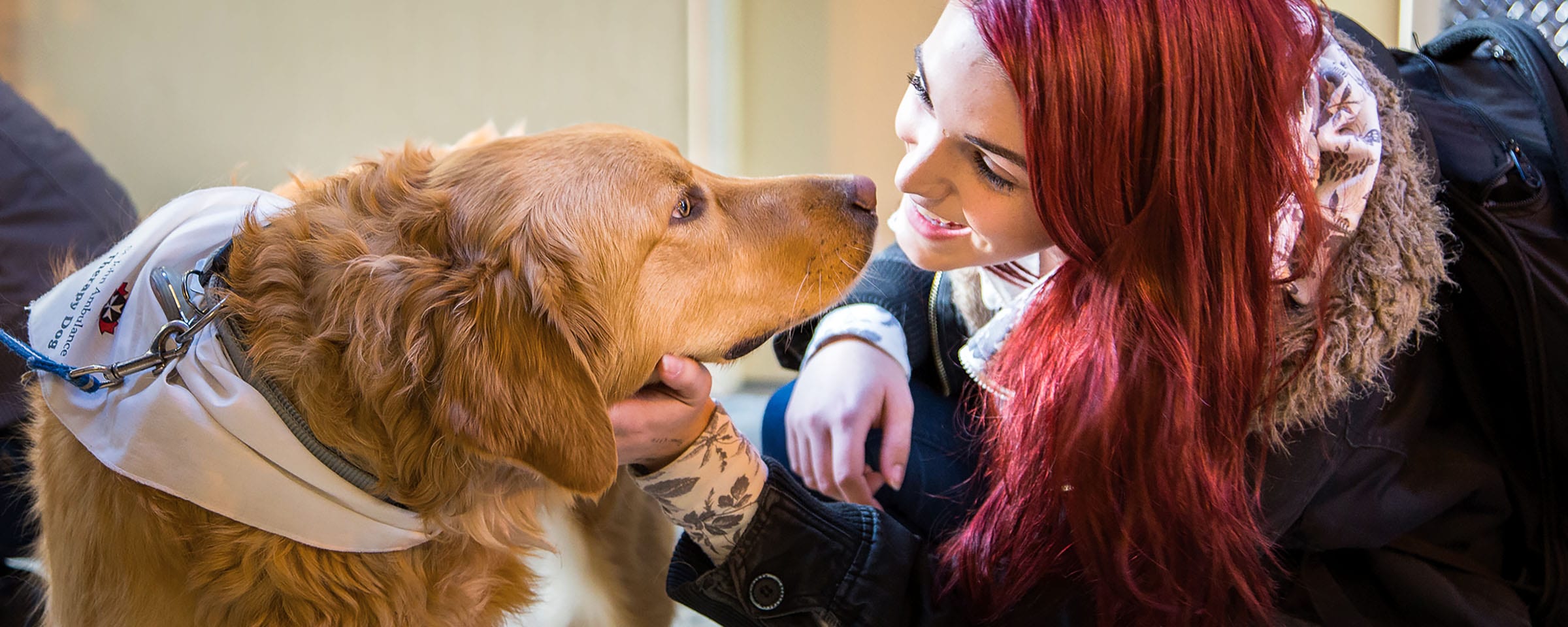The Murmuration of Starlings
This is an incredible little video by Dylan Winter, a cinematographer from the UK. It is a stunning example of the mysterious power of nature, as you see a group of European starlings fly through the air in massive numbers en route to their roosting site.
As a regular gravel-road bird watcher, I’d highly recommend finding a stretch of gravel road to head down, and see if you don’t catch site of a red-tailed hawk, a sand hill crane, or even the odd duck (or two) that are currently soaring over fields this time of year. Bird watching is good medicine this time of year (or any time of year, for that matter).




















